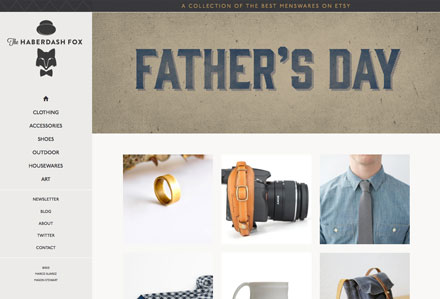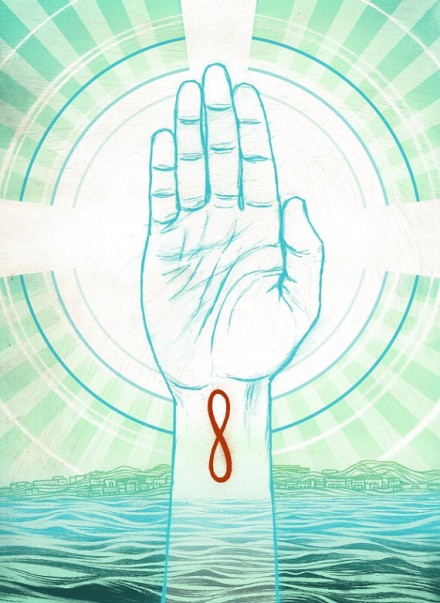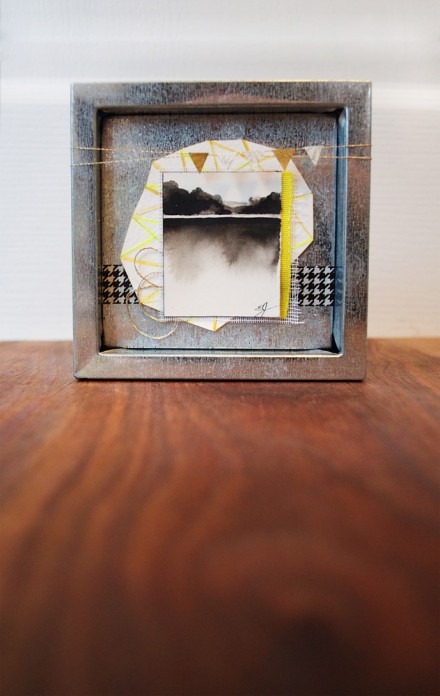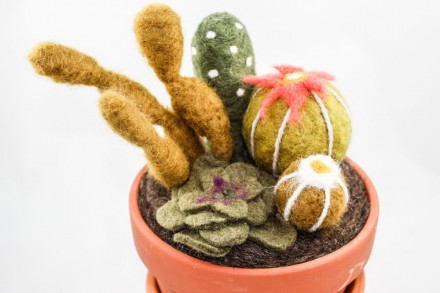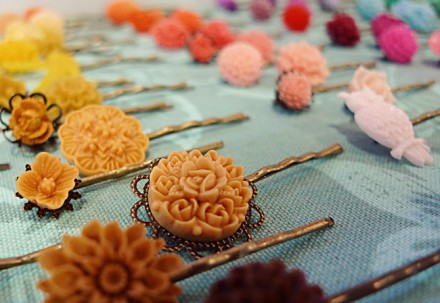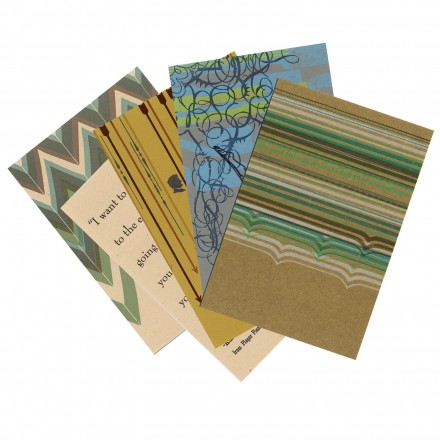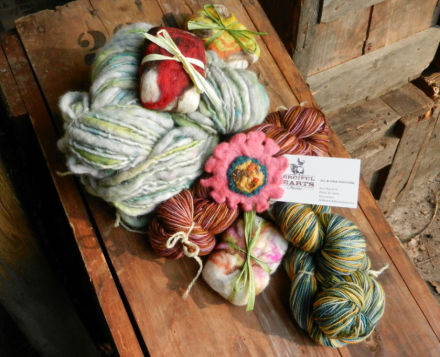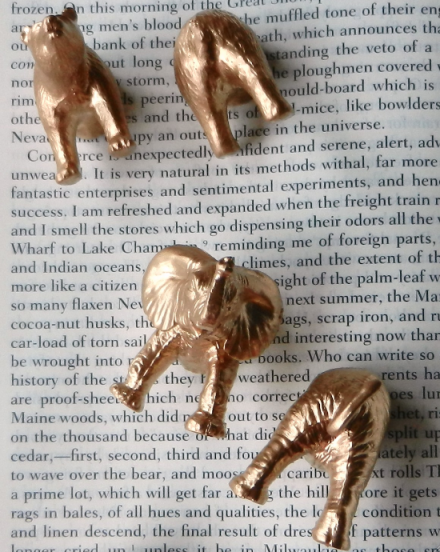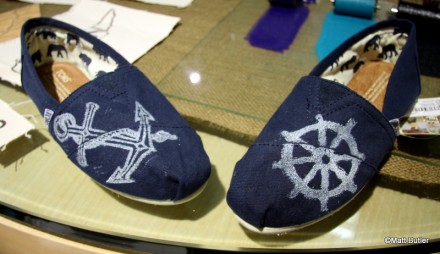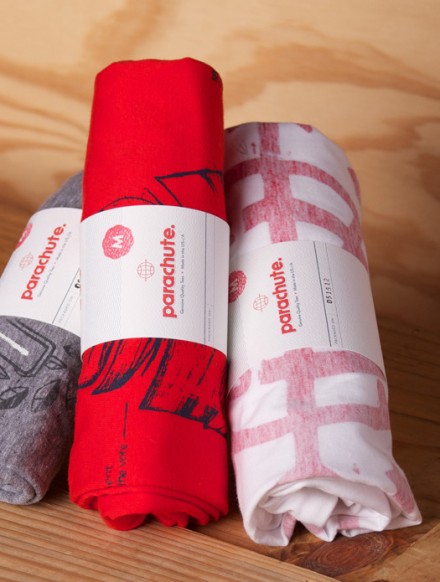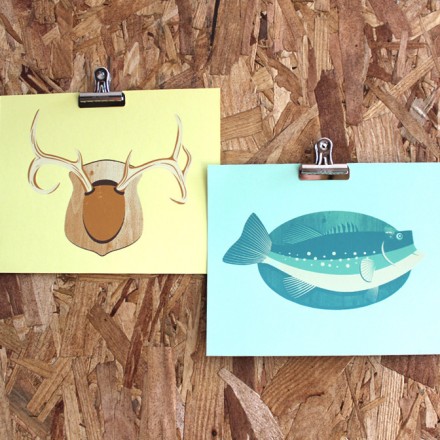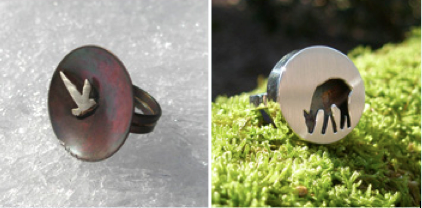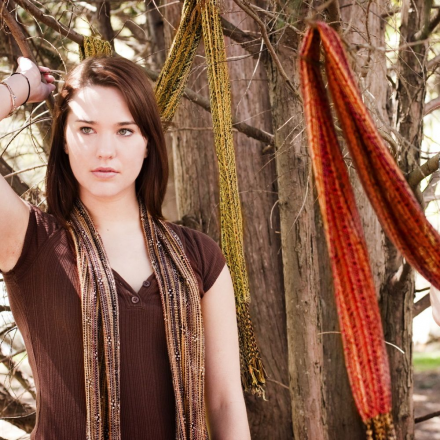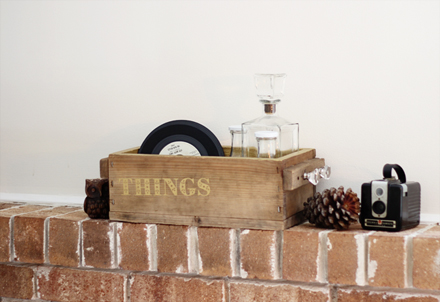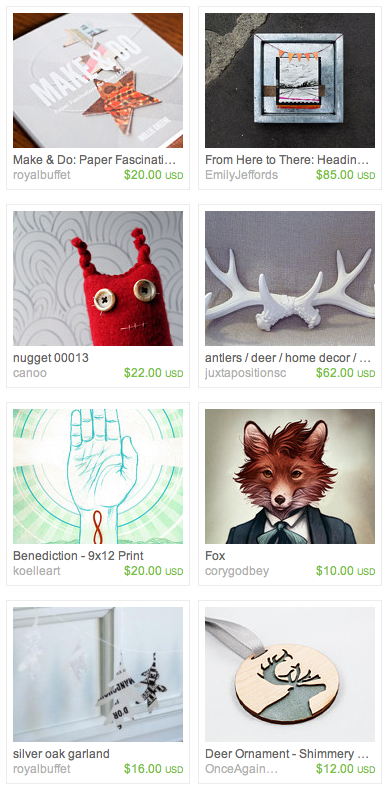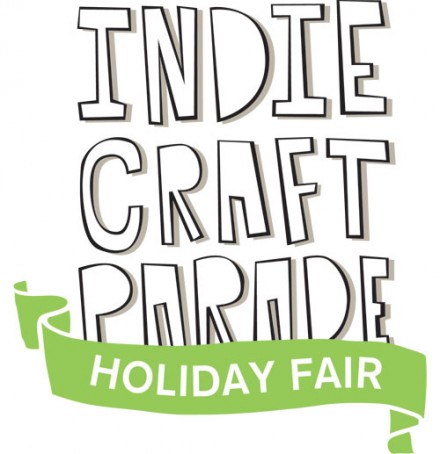Have you heard of The Haberdash Fox? Well, you're in for a treat.
The Haberdash Fox is "a collection of the best menswares on Etsy." In short, they scour Etsy for the most amazing handmade and vintage men's goods and then share their best finds. All the hard work of digging through endless pages is done, and the curated collection is a dream to browse.
The creators of The Haberdash Fox (our super cool friends, Marco Suarez and Mason Stewart), have made something incredibly wonderful and completely new. It's not a shop that sellers must pay a fee to list their goods, nor do they take a cut of any sales. It's a labor of love, a desire to share quality vintage and unique handmade goods for men and to connect people with the makers and finders of those items. If you are interested in purchasing an item you see on The Haberdash Fox, you are directed back to the original Etsy listing, and can complete the transaction as usual.
The collection changes quite often, so check back for new items weekly. It's not too late to shop for Father's Day! If you want to get Dad a gift he'll really love, choose something from The Haberdash Fox. This is one to bookmark, a perfect resource anytime you need to shop for the guy in your life (or if you're a guy, to shop for yourself!).
The Haberdash Fox showcases a trend we've been loving: the growing presence of men in the indie craft scene, and the ever-increasing market for unique, high quality men's goods. Guys are joining the modern craft movement, which used to be primarily a girl's club. We've seen more males exhibiting and shopping at our festival every year, and we are delighted to play a small part in spreading the belief that handmade art is for everyone.
Are you a dude who makes awesome things, or do you know someone who is? Apply for the 2013 Indie Craft Parade festival!All the details are here; applications are open through June 23. Of course, ladies are welcome to apply as well!

